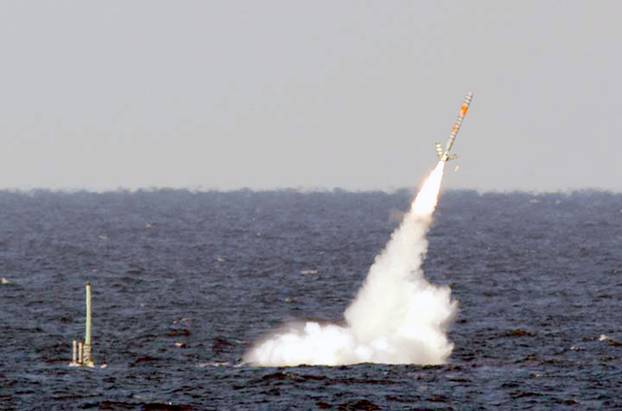What is the difference between a ballistic and cruise rocket? They fly differently, and don’t shoot the same goals

Balistic and cruise rockets, apparently similar, but in functions and movements are very different. From the war front of Ukraine and Russia to Iran and Israel, warehouses around the world have rich supplies of these rockets.
Portal Arms Control It writes that as many as 31 countries currently have ballistic missiles, including the United States. China and Russia are the only two countries that are not the United States, and have a proven ability to launch from their territories of ballistic missiles that can hit the US continental part.
Then what is the difference between ballistic and cruise rockets?
Balistic rockets are launched in high, curved trajectory, similar parables, often coming out of the Earth’s atmosphere. During the flight, they move with a free fall on the ballistic trajectory. For navigation, they rely on the force of gravity and internal citing systems.
The rocket engine only works at the initial flight phase, after which the rocket continues to move inertia. These rockets reach hypersonic speeds and can have a range of more than 10,000 kilometers, making them suitable for strategic goals at long distances.
Cruising rocket. |
On the other hand, cruising rockets fly low, accompanying the relief of the terrain. Have the ability to manage throughout the flight. They fly to a jet drive that works continuously, similar to the engine engine. They have lower speeds than ballistic rockets, but they can travel with subcontracting or supervisory speed, depending on the design.
Cruise rockets have a shorter range and serve mostly for tactical and precise attacks. They are suitable for precise attacks on specific goals.
Both ballistic and cruise rockets can wear nuclear heads, but more often and systematically use ballistic rockets for this purpose – especially within the nuclear doctrine of large forces.







